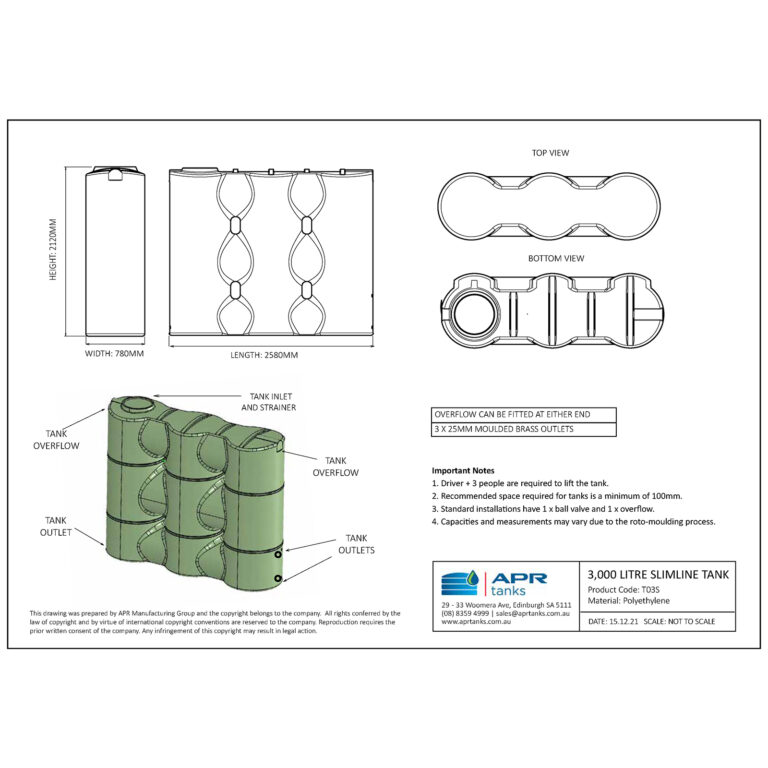Discover the Importance of Rain Containers for Lasting Water Preservation Initiatives
In the world of lasting water preservation, the usage of rainwater tanks stands as an essential technique that merits closer exam. The importance of rainwater tanks goes beyond simple storage; it personifies a positive approach in the direction of environmental stewardship and source monitoring. By exploring the complex benefits of rain harvesting, an extensive understanding of its possible effect on water preservation initiatives emerges. Via a lens of usefulness, environmental consciousness, and communal well-being, the assimilation of rainwater containers reveals a tapestry of interconnected benefits that prolong much past the surface.
Benefits of Rainwater Tanks
Utilizing rainwater containers uses a practical remedy for sustainable water management by taking advantage of nature's sources successfully. Rain storage tanks gather and store rain that drops on roofs, which can then be utilized for various non-potable objectives, such as irrigation, cleaning garments, flushing commodes, and also for some drinkable uses with proper therapy. Among the essential advantages of rain storage tanks is the decrease of demand on mains supply of water, specifically during completely dry periods or droughts.
Environmental Effect of Rain Harvesting
Rainwater collecting with making use of tanks provides a lasting water monitoring technique with positive ecological implications. By catching rain, this technique aids minimize the need for mains water supply, consequently reducing the problem on water therapy plants and lowering power intake connected with water circulation. Furthermore, rain harvesting aids in minimizing city flooding and disintegration by minimizing the volume of stormwater overflow. This procedure also adds to groundwater recharge, which is crucial for keeping water levels in wells and springs, specifically in locations susceptible to drought.
Furthermore, rain harvesting promotes water preservation and reduces dependence on limited water resources. It decreases contamination in water bodies by diverting rain away from paved surface areas where it might grab pollutants prior to going into waterways. Carrying out rain storage tanks also decreases the stress on communities by reducing the extraction stress on rivers and streams. Generally, the environmental influence of rainwater harvesting highlights its relevance in progressing lasting water management practices.
Rain Storage Tanks for Residential Usage
Having highlighted the ecological benefits of rain harvesting, the emphasis currently moves to the functional application of rainwater storage tanks for household water preservation (Slimline water tanks). Rain storage tanks play a vital role in household water management by recording and storing rain that falls on the roofing system of a house. These containers can vary in dimension and material, providing homeowners flexibility in selecting a system that fits their requirements
Among the primary benefits of utilizing rainwater storage tanks in residential settings is the decrease in reliance on mains water supply. By gathering rain for non-potable usages such as sprinkling yards, cleaning cars, flushing commodes, and doing laundry, homes can significantly lower their general water intake and energy bills. Additionally, rainwater is commonly without the chemicals found in cured water, making it a preferable option for particular household jobs.
In addition, rain harvesting systems can aid minimize city flooding and disintegration by lowering stormwater runoff. By recording rain in containers, much less water streams into tornado drains pipes, reducing the stress on metropolitan water drainage systems during hefty rainfall. Generally, integrating rainwater containers right into houses adds to lasting water conservation efforts and promotes self-sufficiency in water management.

Economic Benefits of Using Rain Tanks
The economic benefits related to the implementation of rainwater tanks in household and commercial settings are substantial and multifaceted. Among the primary financial benefits of making use of rainwater containers is the reduction in water bills. By collecting and keeping rainwater for numerous non-potable uses such as watering, commode flushing, and washing, residential property owners can substantially lower their dependence on keys water system, causing considerable price savings gradually.
Furthermore, the setup of rainwater storage tanks can enhance building value. In today's eco aware market, residential or commercial properties geared up with lasting attributes like rainwater harvesting systems are typically a lot more eye-catching to possible purchasers, commanding greater market price and faster sale times.
In addition, rainwater containers can assist official website services and homeowners minimize the effect of water limitations and fluctuating water prices. By having an auxiliary water resource during droughts or durations of enhanced water expenses, individuals and organizations can better manage their water-related costs and preserve functional connection. Overall, the economic advantages of making use of rainwater containers make them a wise investment for long-term savings and sustainability.
Area Sustainability With Rainwater Collection
Considering the more comprehensive impact beyond specific advantages, the integration of site link rain collection systems in neighborhoods plays an important function in promoting ecological sustainability and resource administration. Community sustainability with rain collection initiatives not only aids in reducing the strain on municipal water sources yet likewise aids in minimizing the effects of urbanization on regional water supply. By mounting rainwater storage tanks in public structures, parks, and common rooms, communities can decrease their reliance on centralized water sources, leading to an extra resilient supply of water throughout dry spells or emergencies.
Furthermore, community-level rainwater harvesting fosters a feeling of cumulative responsibility in the direction of water preservation. It urges locals to proactively get involved in sustainable practices, advertising awareness concerning the value of water conservation and environmental stewardship. Slimline water tanks. Via educational programs and outreach efforts, neighborhoods can encourage individuals to make educated choices about water usage and monitoring, leading the way for lasting ecological sustainability. Ultimately, area sustainability with rainwater collection not only benefits the present generation yet also makes sure a more lasting future for generations to come.

Conclusion
